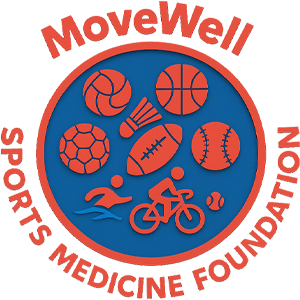Let's talk about long-distance running. It's a super popular form of cardio, but is it all good? Let's break down the awesome benefits and the potential risks, so you can run smarter and stronger.
The Awesome Benefits (The "Why You Should Do It")
Heart & Lung Power-Up!
Heart: Running makes your heart muscle stronger, helping it pump blood more efficiently. This can lower your risk of heart disease later in life.
Lungs: You'll increase your lung capacity and become better at using oxygen, which is a huge boost for your overall endurance.
Stronger Muscles & Bones
It’s a great workout for your legs and core, building muscular endurance.
The impact from running actually helps make your bones denser and stronger, which is great for long-term bone health.
Metabolism & Weight Management
Running burns a ton of calories and helps reduce body fat, making it easier to maintain a healthy weight.
It also helps your body manage blood sugar better, reducing the risk of type 2 diabetes.
Mental Health Boost (The "Runner's High")
Running releases endorphins—your brain's "feel-good" chemicals. This can reduce stress, fight anxiety, and even lead to that famous "runner's high."
The discipline of sticking to a running routine can also build mental toughness, boost your self-esteem, and even help you sleep better!
The Potential Risks (What to Watch Out For)
Joint Stress
High mileage over time can lead to wear and tear on your knees, ankles, and hips. Using worn-out shoes or having poor form can make this worse.
Muscle & Tissue Injuries
Pushing too hard too fast can lead to common issues like shin splints, muscle strains, and Achilles tendon pain.
Heart Strain
For most people, running is great for the heart. But for those with undiagnosed heart conditions, extreme endurance running can be risky.
Weakened Immunity
While moderate running boosts your immune system, overtraining without enough rest can actually make you more likely to catch a cold or get sick.
How to Run Smart: A Student's Checklist
To get all the benefits and avoid the risks, follow these science-backed tips:
Start Slow & Build Gradually: Don't go from zero to 10k. Gradually increase your distance and pace each week.
Gear Up & Form Check: Wear proper running shoes and learn good running posture. It makes a world of difference!
Don't Skip Strength Training: Strengthen your leg and core muscles. A stronger body supports your joints and prevents injuries.
Rest is NOT Laziness: Your body gets stronger during recovery. Make sure you get enough sleep and have rest days in your schedule.
Listen to Your Body: If you feel pain (not just normal muscle soreness), take a break. Pushing through pain is a recipe for injury.
Long-distance running is an amazing full-body workout that can seriously level up your physical and mental health. By training smart, using the right gear, and allowing for rest—you can enjoy all the benefits while staying safe and injury-free.
References:
Baker, J., et al. (2020). Journal of Applied Physiology.
Basso, J. C., & Suzuki, W. A. (2017). Brain Plasticity.




